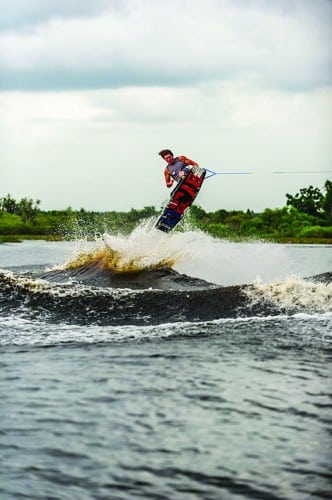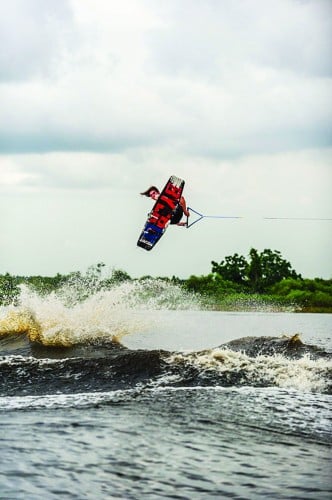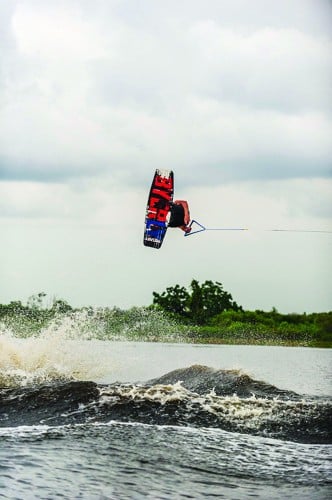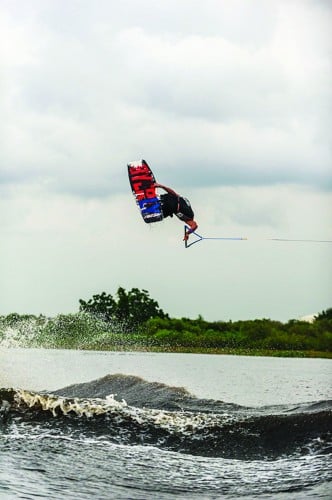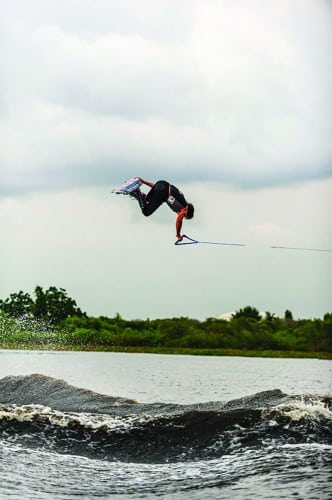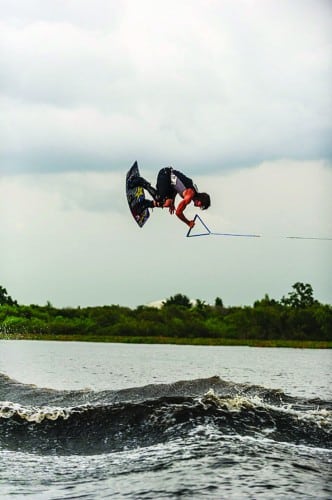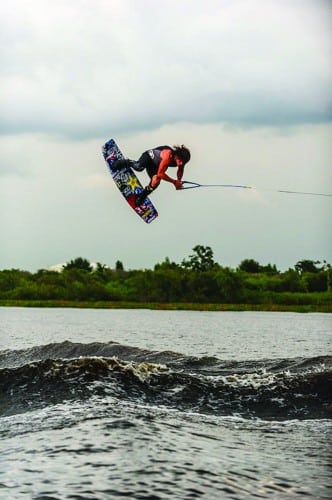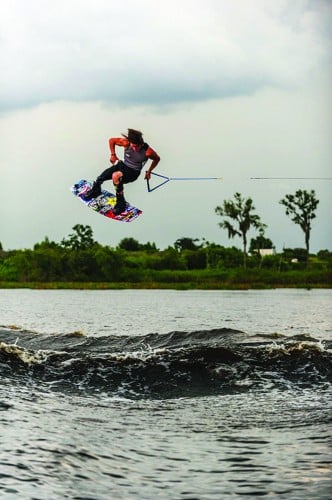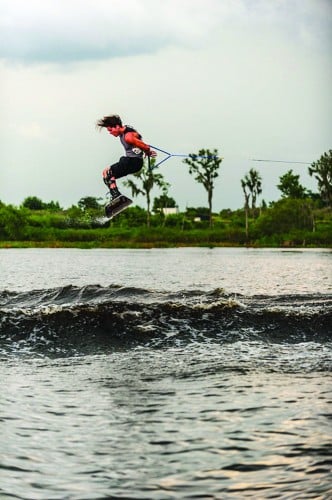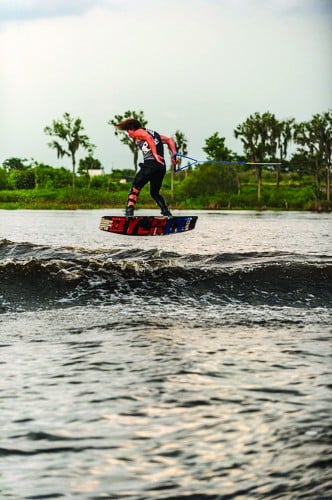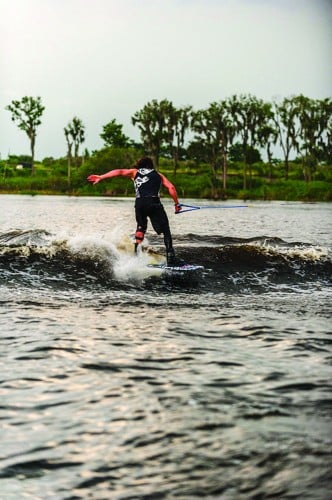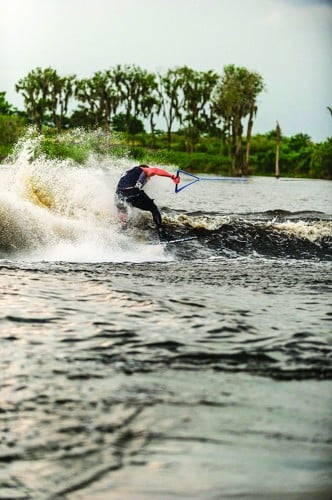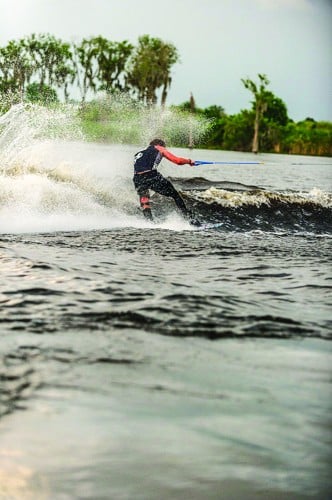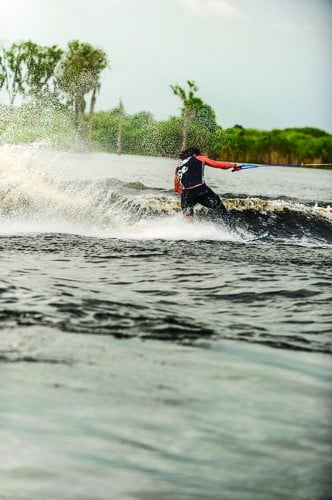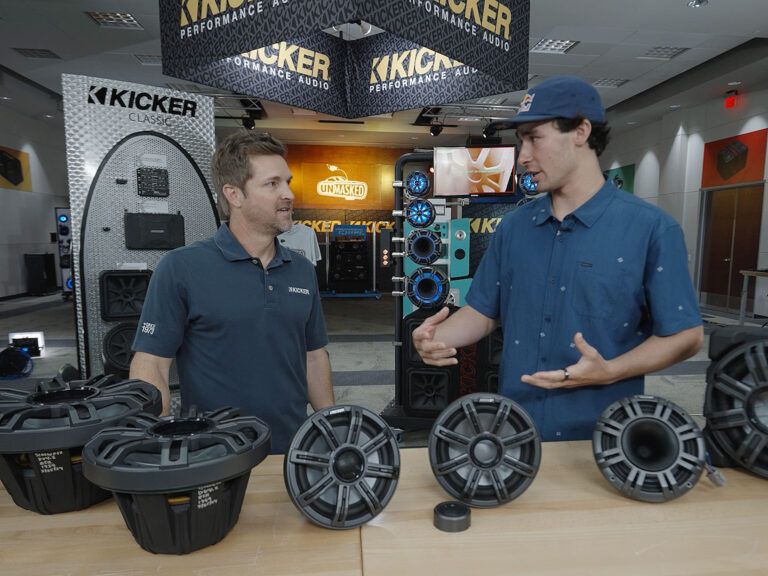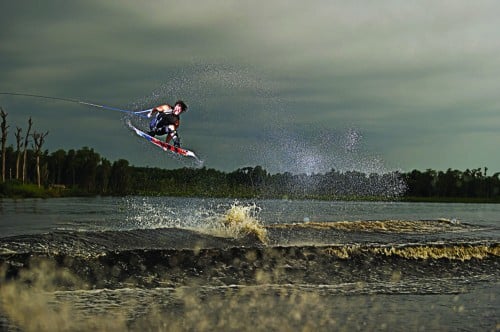
Realizing Rotation
Put a new spin on your riding with Aaron Rathy
Words: Ben Greenwood
Photos: Chris Garrison and Spencer Smith
What sets the world’s best riders apart from the rest of the field is their ability to adapt to anything. Adaptation on a wakeboard can encompass the numerous disciplines: rail riding, contest results, kicker tricks, free-riding prowess, etc. Zoom in closer and you’ll find adaptation and variation within each of those disciplines. One rider who has proved himself more than competent in any and all areas of wakeboarding is 2009 King of Wake Aaron Rathy. A solid second-place overall finish at this year’s Red Bull Wake Open, plus his vast photo and video coverage, make Rathy a great candidate for anything relating to well-roundedness.
In this installment of How To, we focus on variations within spinning. We chose Aaron because of his mastery of three distinct axes on which to spin. During his domination of the 2009 competitive season, he used each (plus many more) of the following tricks on his way to one of the most successful seasons in wake’s history. Check out, from the Dominator himself, what it takes to control each axis and to bring your riding to the next level. While we can’t promise you tour victories and Wakeboarder of the Year awards, we do hope to open your mind to what is possible in your own riding.
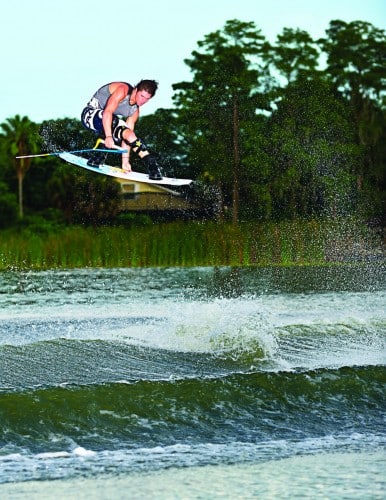
Flat
The first axis that beginners and intermediate riders experiment with is the traditional flat axis. Generally a frontside 360 or a backside 180 are the maneuvers that start to fill your bag of spin tricks. Consistent and even line tension, with a slightly seated body position, are key on the approach during a flat spin. “To set up for a flat spin, a wide but mellow progressive edge helps,” says Rathy. “I make sure to keep a consistent tight line through the first 180, while making sure not to pull too much through the wake.”
The advantages of staying on a flat axis are numerous, for beginners and advanced riders. Rathy points out: “Flat spins give you lots of control over the trick. The line is always tight, so with the right pop it’s a good way to get all your basic spins dialed.” Even though we wouldn’t consider this heelside backside melan 540 anywhere near basic, the mechanics are still applicable.
Aaron reminds us of some things to avoid as you gain experience with flat spins. “Spinning too erect is not a good thing. Try to bring your knees up after you get all your pop. It looks better and gives you more opportunities for grabs, which is always good.”
Click for traditional off-axis
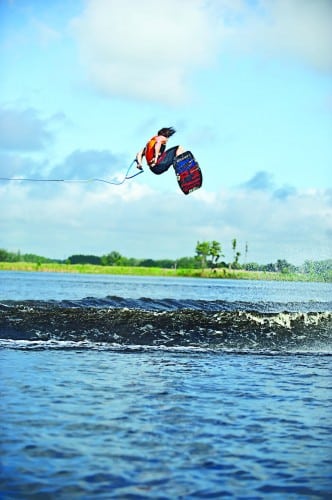
Traditional off-axis
When off-axis spinning started to make its way into wakeboarding in the late 90’s, there were a few different takes on it. At the time it was looked at as a more difficult trick compared to its flat counterpart. While at times this can be true, when you start climbing the technical ladder up to tricks like 720s and 900s, staying flat may hinder you. Getting off axis, although more complicated to initiate, can make adding rotations easier. Take a look at some of the most technical spins ever done. The majority fit into this traditional off-axis category. As riders develop they tend to evolve their spins into a hybrid of off-axis and on-axis.
Rathy’s toeside frontside 720 is a good example of using off-axis spinning to its full potential. To get set up, “I start out wide and cut hard at the bottom of the wake,” he says. At this point in the approach he is starting to differentiate this trick from a flat spin. “A lot of people drop their shoulder too soon trying to go off axis, so I always try to lift the handle up a bit off the wake before spinning.” Aaron’s unique use of the handle helps to achieve the main step necessary in off-axis spinning; letting the axis of the trick develop before getting too far into the spin and going for the handle pass.
Rathy urges you to “avoid flipping too much by not dropping that shoulder and doing a handle-pass scarecrow.” Often riders are told to trip their edge hard at the wake, as for a front-roll trick. On the contrary, the edge can’t be fully stuffed into the wake without your hips being forced away from the handle, hence making it extremely difficult to get the handle pass. Instead, use an edge that gets you through the top of the wake, but stand hard off your tail, helping you get your shoulders over the top of the rope. Now, as your hips and board start to drift out slightly, you are in control of the handle, and it should feel easy to spin.
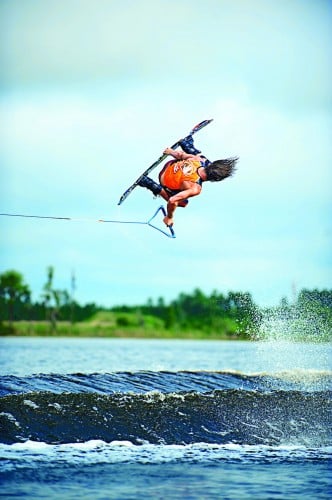
Rodeo
In 2005-06 Danny Harf started to experiment with a new way to spin. It wasn’t the traditional off-axis, but it was anything but flat. In what could be labeled as a near rodeo-style spin, one must almost abandon what the textbook says about edging, body position and spin initiation. Danny paved the way, diving out the front on dozens of attempts to figure it all out. For a few years he was the only one able to get on that axis. A few short years later — no surprise — top riders like Rathy began to emulate what Danny had done. “It is a really fun axis because you can stall out your spins a lot halfway through,” says Rathy. He adds, “It is probably the most technical way to spin, but once you get the basics of it you can really do some cool things.”
Opposing every other type of spin, Rathy says, “It is really about pulling the handle in and pushing your board and hips up the wake at the same time.” Pushing your hips up and into the spin allows a short window of availability to pass the handle much earlier than in other types of spins. You can help yourself out by approaching the wake with a slightly more hunched body position, with the handle more extended away from your body. This promotes a strong pull up and through the wake, driving those hips up into a position where the handle pass is possible.
While completing the handle pass is the most challenging part of this trick, the handle is what helps you finish the rotation, as well as get your hips back underneath you. Rathy says, “The major problem I had learning this trick was missing the handle. It’s hard to figure out the line tension but it just takes some time to work it out.”
